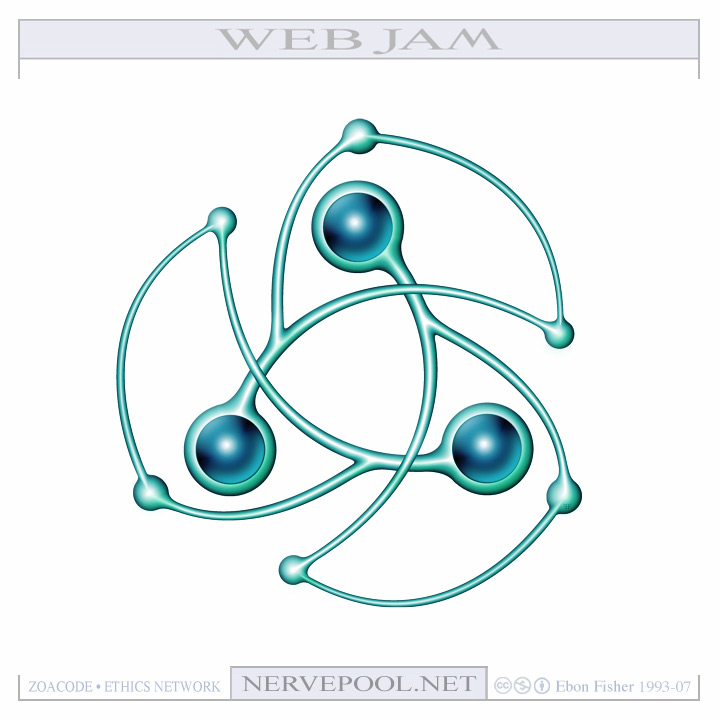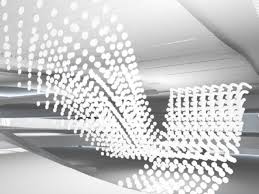(Above from top left: the work of Geraldine Ondrizek (with collaborator, Geneticist Robin Bennett), Rebecca Cummins, Allison Kudla, Adam Summers, Martin Krsywinski, Ebon Fisher, Dan Goods
There is great momentum gathering in our creative community around the role of artists and designers in scientific inquiry. Access is being created for artists and others to explore, interpret and respond to the revolutionary advances and innovations in genetics, molecular and biomedical science. Scientific discoveries and innovations in technology are impacting the way we relate, communicate, do business, steward our earth, educate ourselves and define our place in the world. Artists, writers, designers, performers, educators, technologists, scholars, etc… are responding. They are creating new platforms for telling stories, expressing landscapes, translating and sharing knowledge and engaging new audiences. Facilitating synergies between these realms is my focus. The SEP program has provided me with an opportunity to further develop a learning partnership between Cornish and SEP Fred Hutch and beyond.
The mission of Cornish is to provide students aspiring to become practicing artists with an educational program of the highest possible quality, in an environment that nurtures creativity and intellectual curiosity, while preparing them to contribute to society as artists, citizens, and innovators. Cornish is endowed with a unique culture that encompasses both the visual and performing arts. It provides a platform for interdisciplinary learning, experimentation, collaboration, innovation and engagement.
21st Century artists and designers are systems-thinkers who question the social and cultural implications of design. They are defining and addressing real-world problems through their multidisciplinary practice. The design disciplines, once in silos, are converging. Graphic designers now find themselves working with motion, UX designers partner with interior architects and technology developers—the relationships are endless. Successful designers hone their conceptual thinking to identify and solve problems. They identify underlying patterns and connections, and they then solve problems with these fresh insights in mind. Interaction design, narrative and non-narrative storytelling, informative architecture and responsive environments are new realms of the media artist and designer. …all of which students learn at Cornish. The goals of programs aimed at the convergences of arts + science:
- Provide students with opportunities to learn about emerging scientific discoveries
- Ignite collaboration through industry and community connections
- Connect those concepts, theories, and methods to real-world practice, ignite collaborative opportunities and produce work that contributes to their communities.
- Engage our community in ways that connect to the broader mission of the college.
Partnerships in Progress:
SEP Participants Adam S. and Cornish Science teacher Renee Agatsuma
SEP + Cornish:
- Continued involvement in SEP program
- Involvement of Cornish Art/Design Faculty in the development of new SEP Curriculum and SEP Science Kits (designed resource, STEAM strategies for encorporating Art into Science learning, etc…)
- Science focused Artist lecture/brown bag lunch series
- Student involvement in the design of SEP communication materials (Cornish course: Design for Social Change, etc…)
- Development of collaborative and professional community focused social media platforms, websites, knowledge sharing platforms, online learning platforms (DOCC), etc…
SEP ---> SEAP (Science Education + Arts Partnership): Extending the SEP Program model
Using SEP template to bring in professional artists, animators, filmmakers, virtual worlds, game developers to be matched up with research science mentors…to learn and translate the research and impact of work being done at FH into visual and narrative forms, documentary film, medical animation, data visualization, virtual simulation, serious games, print, social/digital media campaigns, blogs, websites, etc…. Models of engagement could include:
• Installation Artist + Research Scientist = large public work or proposal for site specific installation translating/expressing frontier research
• Designer + Research Scientist = Cover design for published paper on scientific journal.
• Comic Novelist + Research Scientist = Comic novel explaining issues of scientific wellness. (http://www.jocelynnpearl.com/blog/)
• Filmmaker + Research Scientist = Film assets to encoporate into public service announcements
• Animator + Research Scientist = animated children’s story on the challenges of invisible disabilities, cancer, etc…
• Interaction Designer + Research Scientist = Redesign of an computer interface used in research
• Data Visualization Designer + Research Scientist = compelling data visualizations that create awareness around a certain disorder
• Game Design + Research Scientist = something like Melanie Stegman’s Immune Defense Game
Outcomes: Build awareness, communicate research efforts at FH to broader audience and public, communicate and express unseen aspects of frontier research, create community connections, provide students with experience and access to the scientific fields and expose them to potential creative roles that exist in scientific research.
Cornish + ISB Consilience Program:
2015-16 Art, Science and Medicine Frontiers Visiting Lecture Series
The Institute for Systems Biology in Seattle has been leading these "conciliatory" community efforts through the efforts of Senior Communications and Web Designer, Allison Kudla. Alison is herself an artist working at the intersectios of art, science and technology and has driving the creation of art + science lecture and screening programs, most recently The Bio-Fiction film festival.
Cornish's partnership with ISB is part of the newly announced "Affiliate Scholars and Artists in Residence (AIR) ISB Consilience Program. Visiting Artist/Scientist David Bolinsky (link to TED Talk), the esteemed medical illustrator/filmmaker who is creating state of the art 3D animation and interactive education tools in the sciences. His specialty is turning complex time-and motion dependent concepts into a memorable visual vocabulary. David will be the first of several of these guests. We will host a screening of David’s film, “The Life of the Cell”… lecture and an immersive animation/VR workshop with students at Cornish.
Art + Science Dinner at the home of artist Ginny Ruffner, Summer 2015
Further Alignment with Intersecting Communities of Interest and Practice:
This past Spring, Ginny Ruffer, Josef Vascovitz, Lisa Goodman, Gaylen Vaden and myself started hosting Art + Science Dinner Connectives...at the Ginny's amazing home/studio/garden. We have been bringing together artists, philosophers, scientists and other interested folks to further conversations and synergies. Another local group formed around the same timeTh. Phillip Thurtle, Sidhardth Ramakrishnan, Steven Oscherwitz and Rebecca Cummins rounded up a similar group of artists, scientists, and theorists interested in discussing the relationship of art, technology, and science. Their members come from diverse backgrounds (neuroscientist , plant biologist, cancer researcher, digital humanists, media artists, performance artist, etc…): some work at universities, some are practicing artists, and some work in laboratories or are in Seattle’s growing technological sector. We starting to cross pollinate. (Others include FOSAP, Science Dinners, 9 Evenings Festival, etc…)











